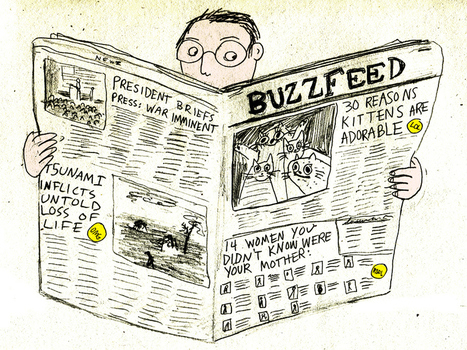The revival of long form writing online... The last few months has seen this trend change and have seen the revival of long form writing online. Long form content journalism and in-depth storytelling online are making a comeback. While most articles are still short and quick to read, more and more blogs are publishing long-form features of 2,000+ words, which include photos and videos and need a lot of time invested from the reader to go through it.
There seems to be a growing appetite from the web audience for these kind of features as proved by the popularity and social media spread of these. A recent statistical study on what makes online content go viral has found that long form articles are shared far more often than shorter articles. Word count of a post seems very closely related to the number of shares.
Just look at the success of http://longreads.com/, http://longform.org/, and social media hashtags like #longreads and #longform. Here are some very successful examples of long form articles: Michael Jordan Has Not Left The Building feature on ESPN, beautiful Snow Fall in the New York Times and several profiles on the Forbes including this one of Sean Parker....



 Your new post is loading...
Your new post is loading...













Fresh thinking about going "long" and a look at BuzzFeed where old journalism seems back in vogue.